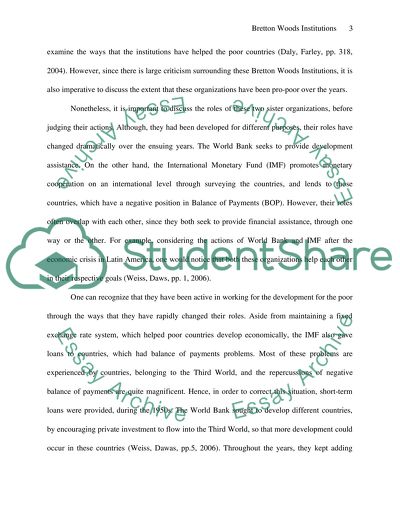Cite this document
(“Bretton Woods Institutions Essay Example | Topics and Well Written Essays - 1500 words”, n.d.)
Bretton Woods Institutions Essay Example | Topics and Well Written Essays - 1500 words. Retrieved from https://studentshare.org/history/1453837-based-upon-their-actions-judge-the-extent-to-which
Bretton Woods Institutions Essay Example | Topics and Well Written Essays - 1500 words. Retrieved from https://studentshare.org/history/1453837-based-upon-their-actions-judge-the-extent-to-which
(Bretton Woods Institutions Essay Example | Topics and Well Written Essays - 1500 Words)
Bretton Woods Institutions Essay Example | Topics and Well Written Essays - 1500 Words. https://studentshare.org/history/1453837-based-upon-their-actions-judge-the-extent-to-which.
Bretton Woods Institutions Essay Example | Topics and Well Written Essays - 1500 Words. https://studentshare.org/history/1453837-based-upon-their-actions-judge-the-extent-to-which.
“Bretton Woods Institutions Essay Example | Topics and Well Written Essays - 1500 Words”, n.d. https://studentshare.org/history/1453837-based-upon-their-actions-judge-the-extent-to-which.


